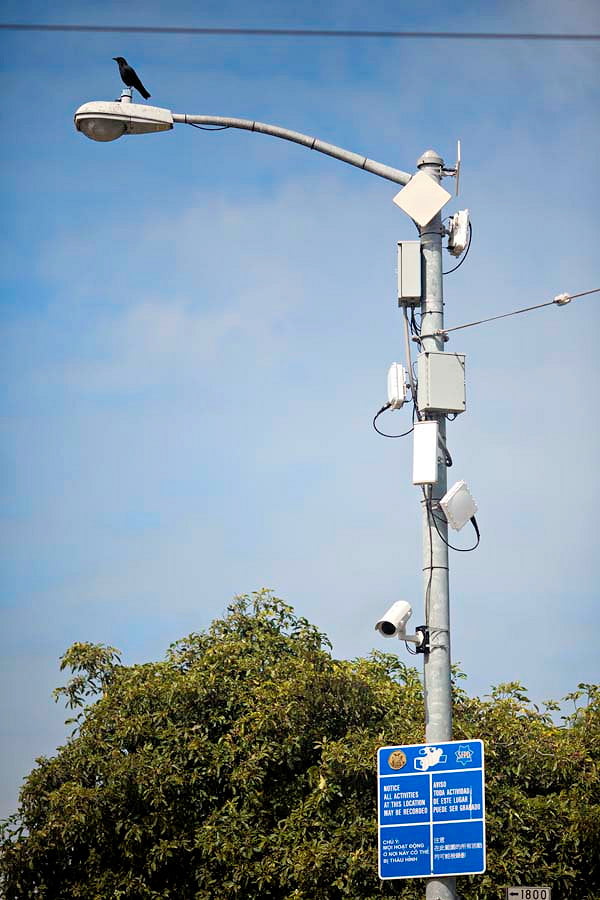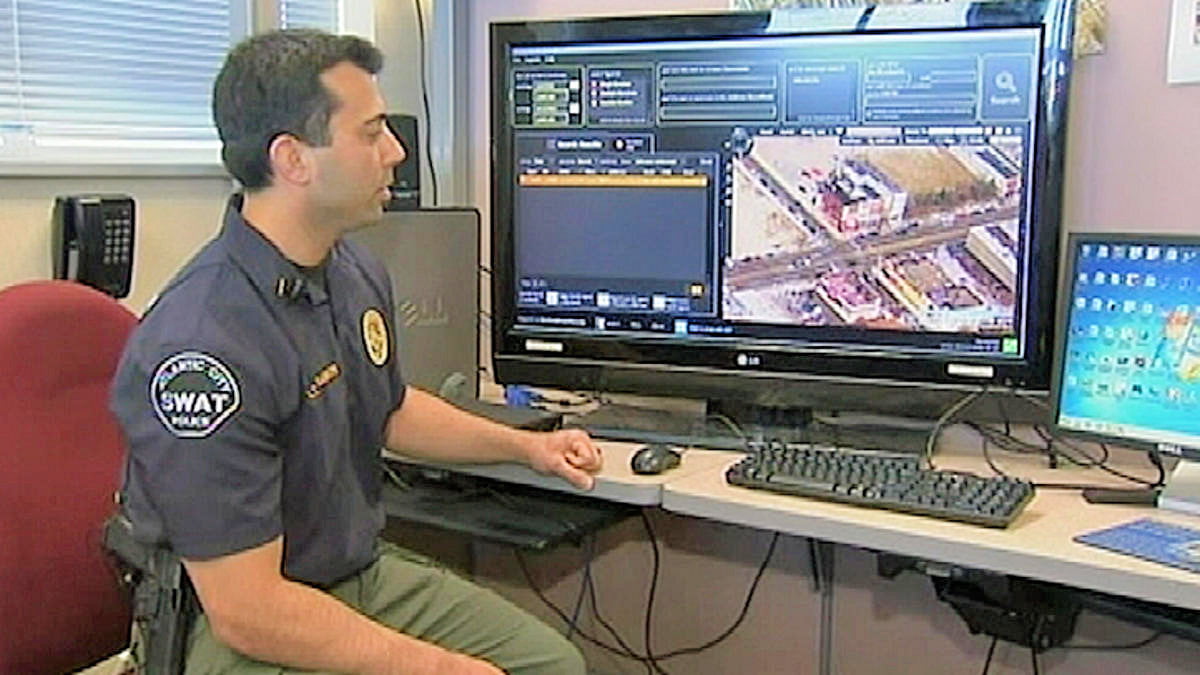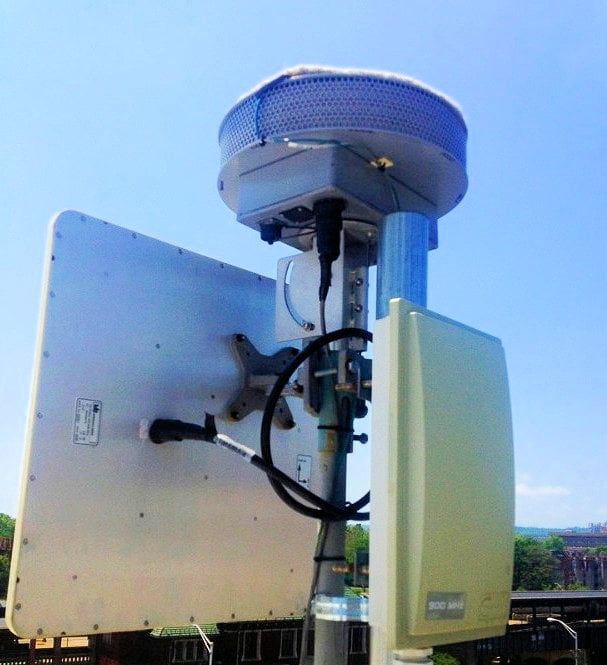SHOTSPOTTER gunshot detection technology has completed successful trials in Pittsburgh and the city wants to expand the system.
The system comprises several microphones placed on top of buildings and lamp posts in high risk areas.
"The information is captured in the web, sent to California to be perfected by specially trained technicians, then sent back to Pittsburgh, all within a matter of 20-45 seconds," said City Councilman Rev. Ricky Burgess, who represents the communities impacted.
"That will give the officers the longitude and latitude where the shots were fired and the calibre of the shots," Burgess said.
Burgess said ShotSpotter also tells the direction that the shots were fired and he said the next phase of the program will go even further.
"There is a second allocation of resources to put cameras around the perimeter of this area to identify both license plates and catch real-time actors," he said.

ShotSpotter directional microphones with CCTV support and wireless links.
According to Pittsburgh police, ShotSpotter helped officers arrest 41-year-old Charles McKinney, who is accused of killing 29-year-old Janese Talton outside a Pittsburgh bar.
“It has proven to both save lives and solve crimes,” said Councilman Ricky Burgess. “It has been a good added tool to improve public safety.
Pittsburgh started testing the system in 2014 and wants to continue the contract till the end of 2016. The cost has been $US194,000 for the installation of the equipment, and it would cost an additional $135,000 to extend the contract.
The ShotSpotter system has been criticised for not working perfectly every time but its successes suggest audio analytics in tandem with real time CCTV monitoring have a future in law enforcement. ♦

ShotSpotter management system in NYC.











